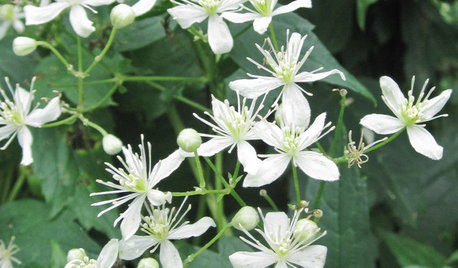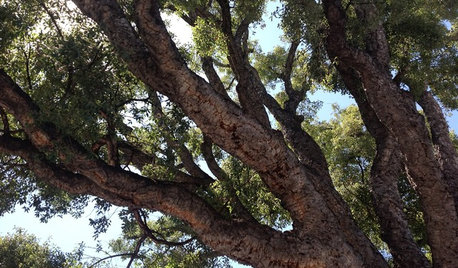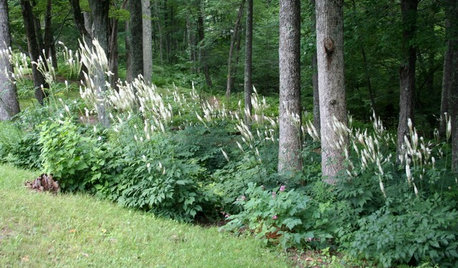Health/Vigor of Cutting Grown Plants
nita1027
19 years ago
Related Stories

GARDENING GUIDESGreat Design Plant: Clematis Virginiana
Devil’s darning needles, a vigorous vine native to eastern North America, likes partial shade and many types of soils
Full Story
HOME OFFICESQuiet, Please! How to Cut Noise Pollution at Home
Leaf blowers, trucks or noisy neighbors driving you berserk? These sound-reduction strategies can help you hush things up
Full Story
GARDENING GUIDESPackera Aurea Puts On a Springtime Show in Sun or Shade
This vigorous native ground cover welcomes bees with its early-blooming flowers and makes an attractive lawn alternative
Full Story
GARDENING GUIDESHow to Keep Your Trees Healthy
Ensure your trees’ vigor for years to come with these tips for protecting roots, watering effectively and more
Full Story
HOUSEPLANTS8 Essentials for Healthy Indoor Plants
Houseplants add so much to our homes — and can thrive when grown in the right conditions. Keep these tips in mind
Full Story
GARDENING GUIDESGreat Design Plant: Cork Oak
Witness an incredible renewable resource being grown while lolling in the abundant shade of this expansive, ever-popular tree
Full Story
FALL GARDENING7 Reasons Not to Clean Up Your Fall Garden
Before you pluck and rake, consider wildlife, the health of your plants and your own right to relax
Full Story
GARDENING GUIDESGreat Design Plant: Rhus Glabra
Smooth sumac provides powerful jolts of fall color and persistent fruit clusters that add interest through the winter
Full Story
GARDENING GUIDESGreat Design Plant: Actaea Racemosa
Elegant flowers top black cohosh in summer woodland gardens
Full Story
LANDSCAPE DESIGNThe 7 Best Plant Types for Creating Privacy and How to Use Them
Follow these tips for using different kinds of plants as living privacy screens
Full Story






jeffrey_harris
nazanine
Related Professionals
Allen Landscape Architects & Landscape Designers · Wrentham Landscape Architects & Landscape Designers · Manorville Landscape Architects & Landscape Designers · Mount Wilson Landscape Architects & Landscape Designers · White Oak Landscape Architects & Landscape Designers · Cliffside Park Landscape Contractors · College Park Landscape Contractors · New Brighton Landscape Contractors · Peoria Landscape Contractors · Stallings Landscape Contractors · Tehachapi Landscape Contractors · La Grange Fence Contractors · Olney Fence Contractors · Reisterstown Fence Contractors · Tacoma Fence ContractorsRosa
nazanine
Rosa
nazanine
kdjoergensen
Rosa
nazanine